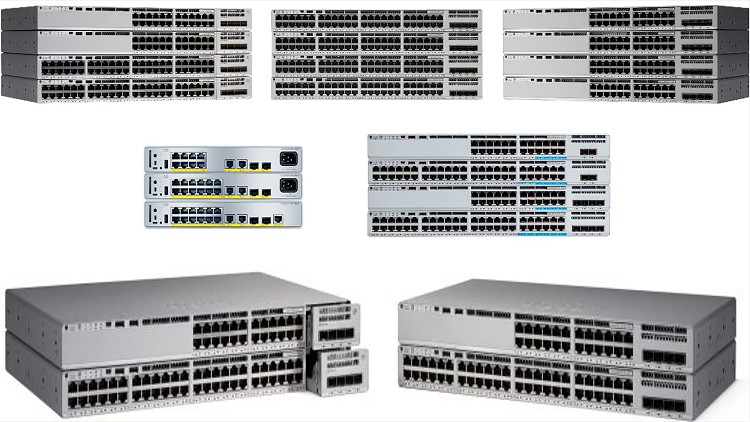Ethernet Switching Mastery by Arash Deljoo
From Basics to Advanced Switching Concepts
4.35 (10 reviews)

255
students
54 hours
content
Mar 2025
last update
$84.99
regular price
What you will learn
Ethernet LANs Fundamentals - Physical
Ethernet LANs Fundamentals - DataLink
Switch Introduction and Console Connection
Command Line Interface [CLI] Fundamentals
Basic Switch Management
Switch Interfaces
Ethernet LAN Switching
Switch Miscellaneous Topics
Power Over Ethernet ( POE )
Wake On LAN ( WOL )
Virtual LAN [ VLAN ]
Access and Trunk Interface
Allowed VLANs and DTP
VTP and Voice VLAN
Inter VLAN Routing - ROAS
Multi Layser Switching [MLS]
Spanning-Tree Protocol
STP Uplinkfast
STP Backbone Fast
Rapid Spanning-Tree Protocol [RSTP]
Multiple Spanning Tree Protocol [MST]
EtherChannel
Dynamic Host Configuration Protocol [DHCP]
Switch Port Security
DHCP Snooping
Dynamic ARP Inspection [DAI]
Port ACL [PACL]
VLAN ACL [VACL]
LAN Architecture
Hierarchical LAN Design Model
Campus LAN Design and Best Practices
Enterprise Network Architecture Options
Hot Standby Router Protocol [HSRP]
Virtual Router Redundancy Protocol [VRRP]
Gateway Load Balancing Protocol [GLBP]
High Availability Network Services
PortChannel - Static Method (NX-OS)
PortChannel - LACP Method (NX-OS)
5333124
udemy ID
5/18/2023
course created date
5/23/2023
course indexed date
Bot
course submited by